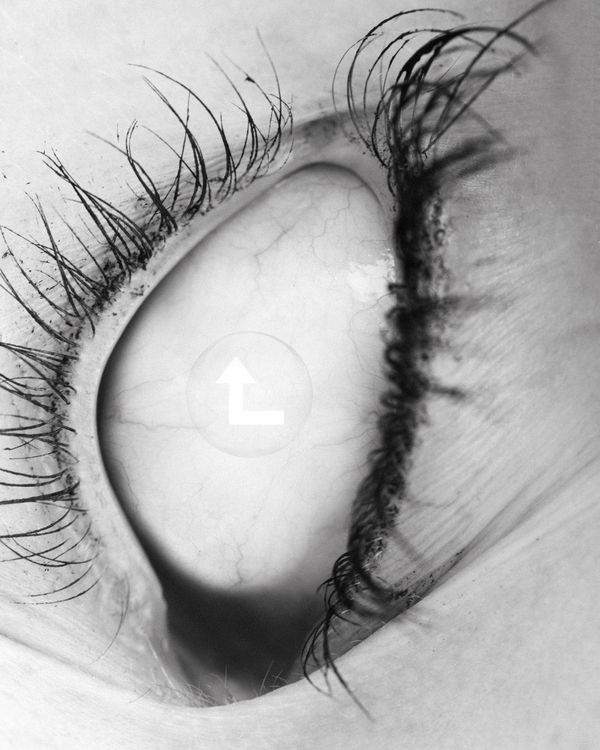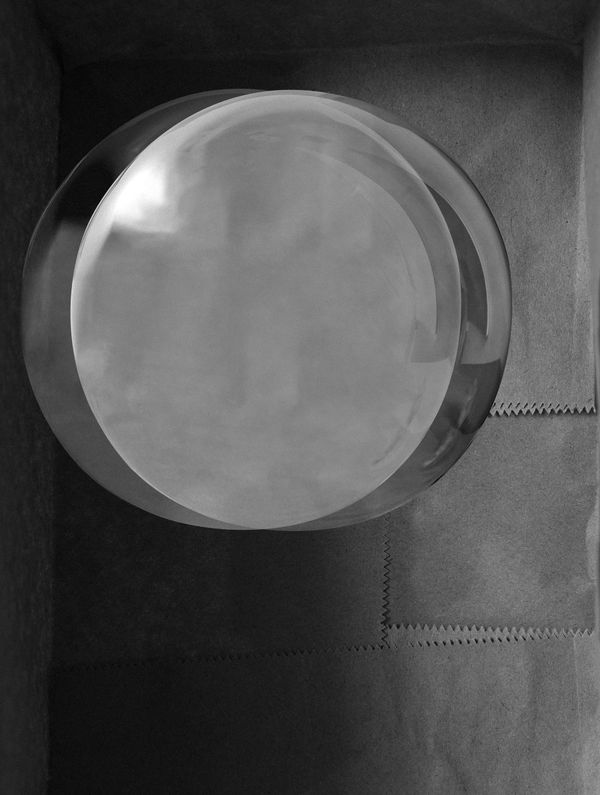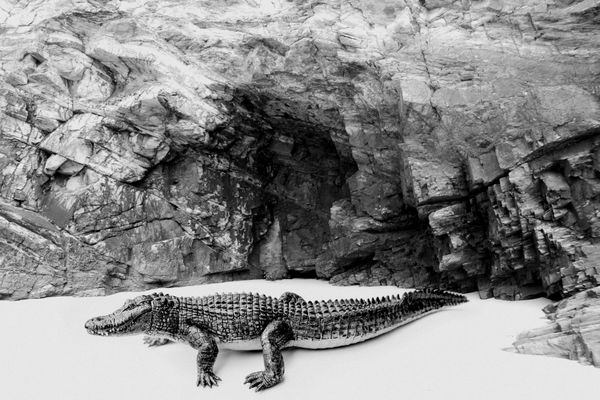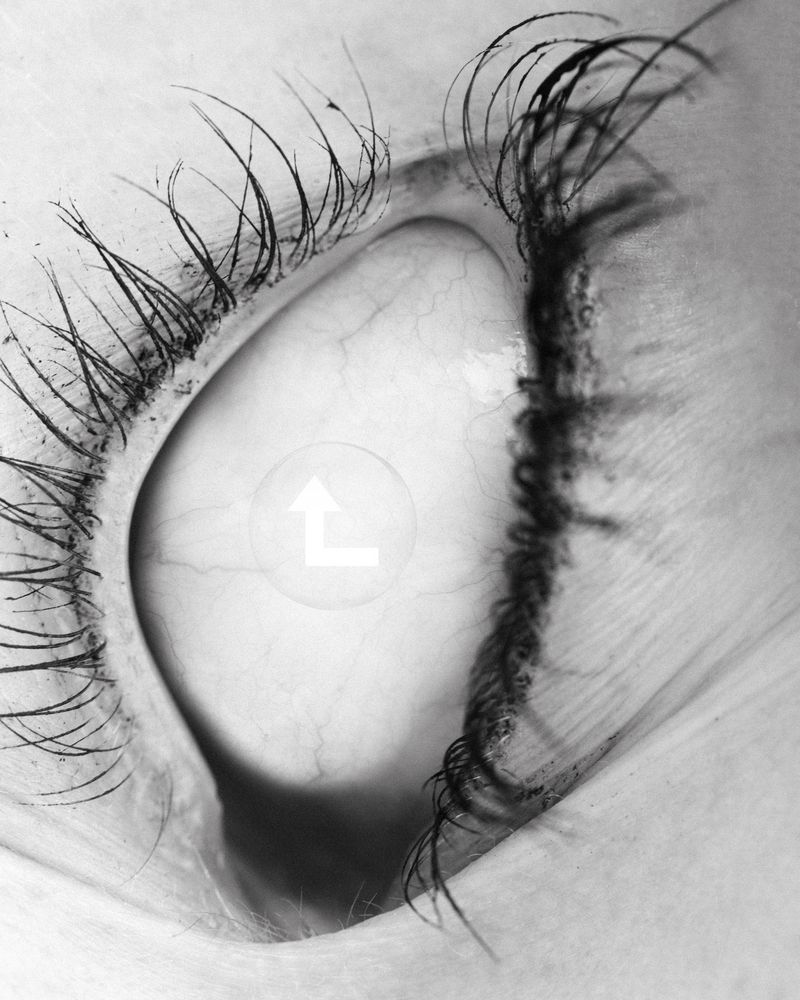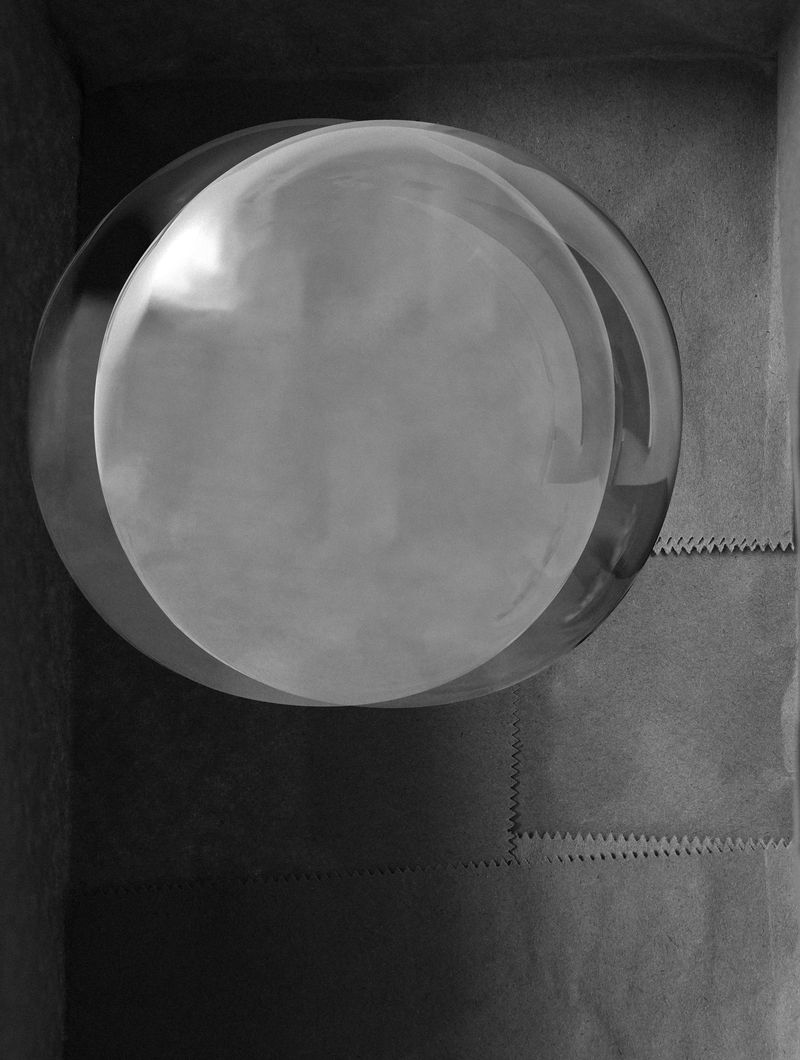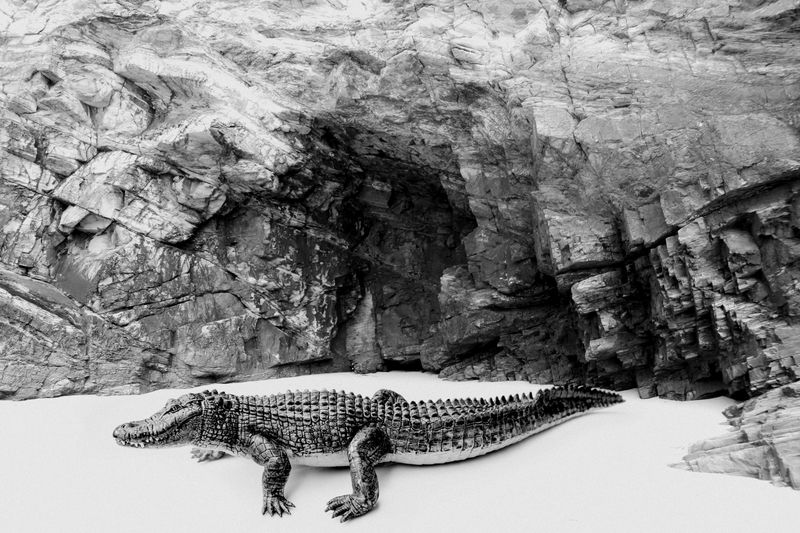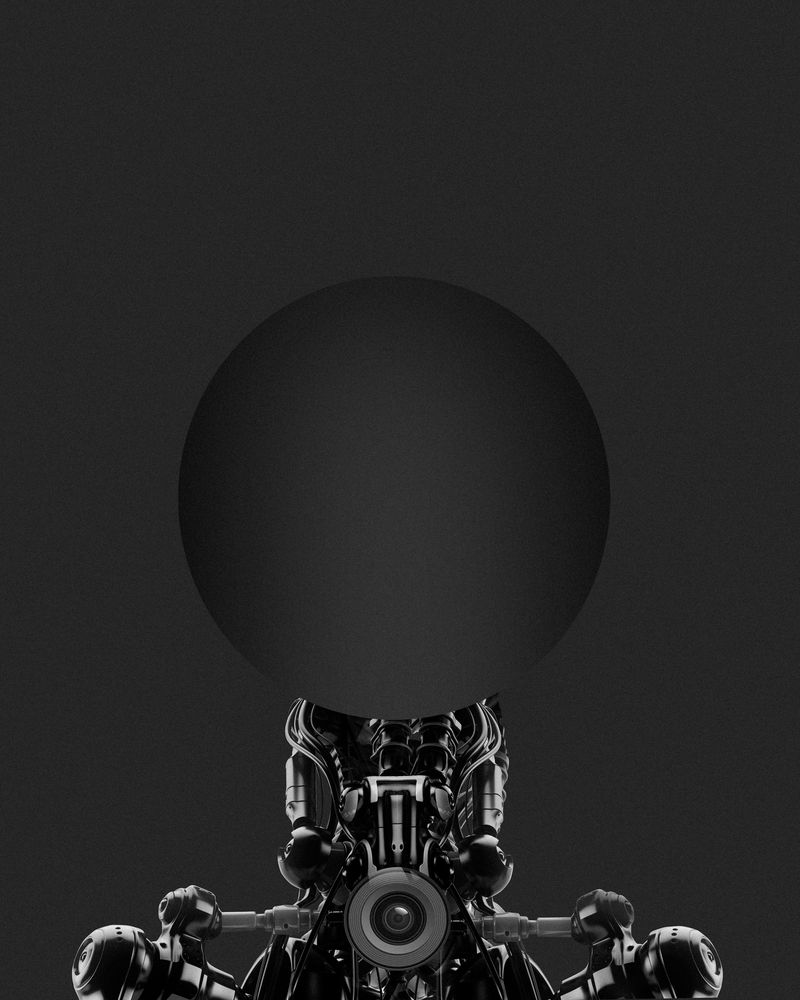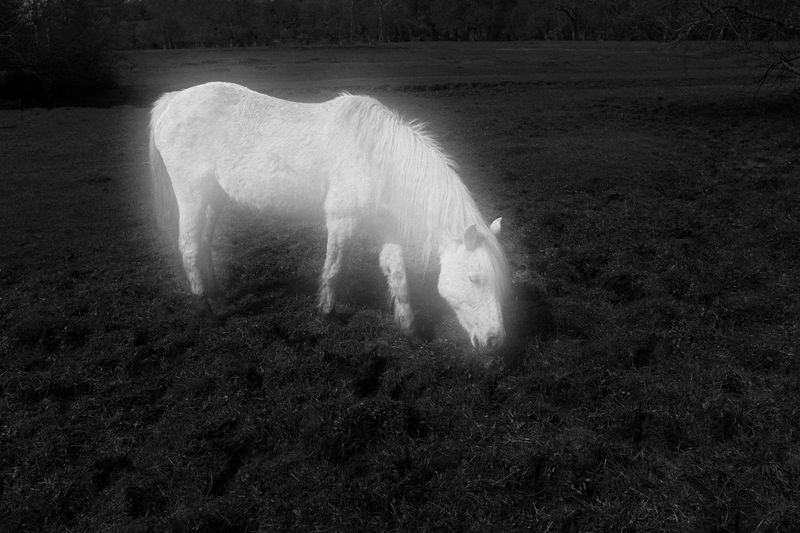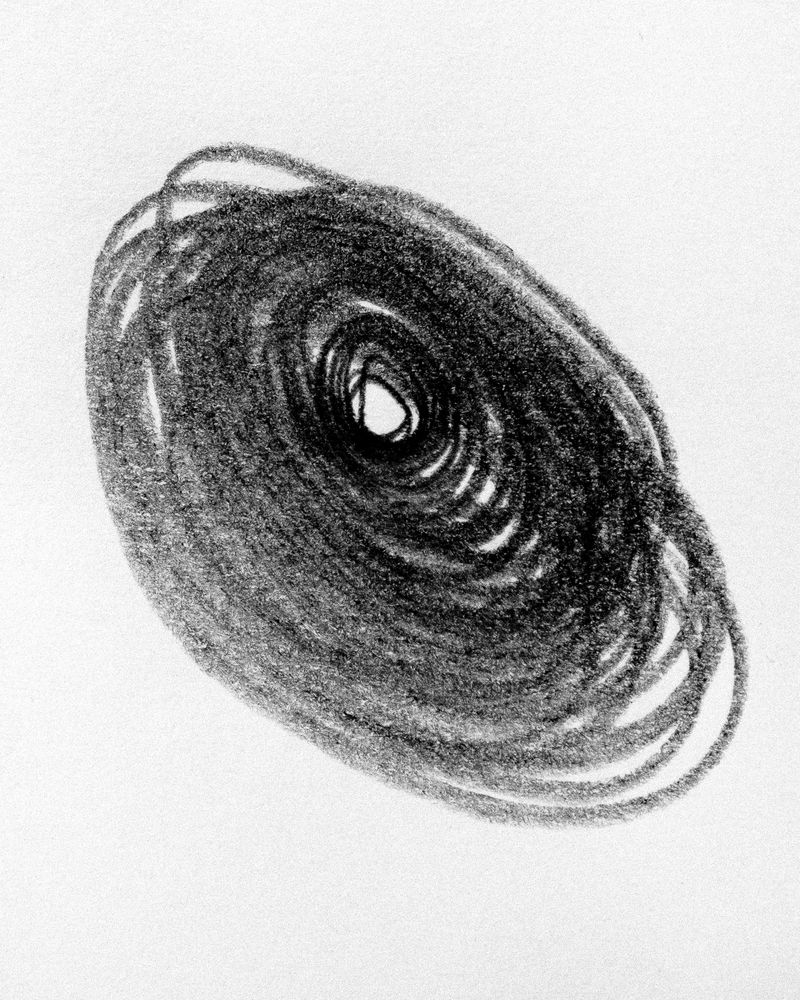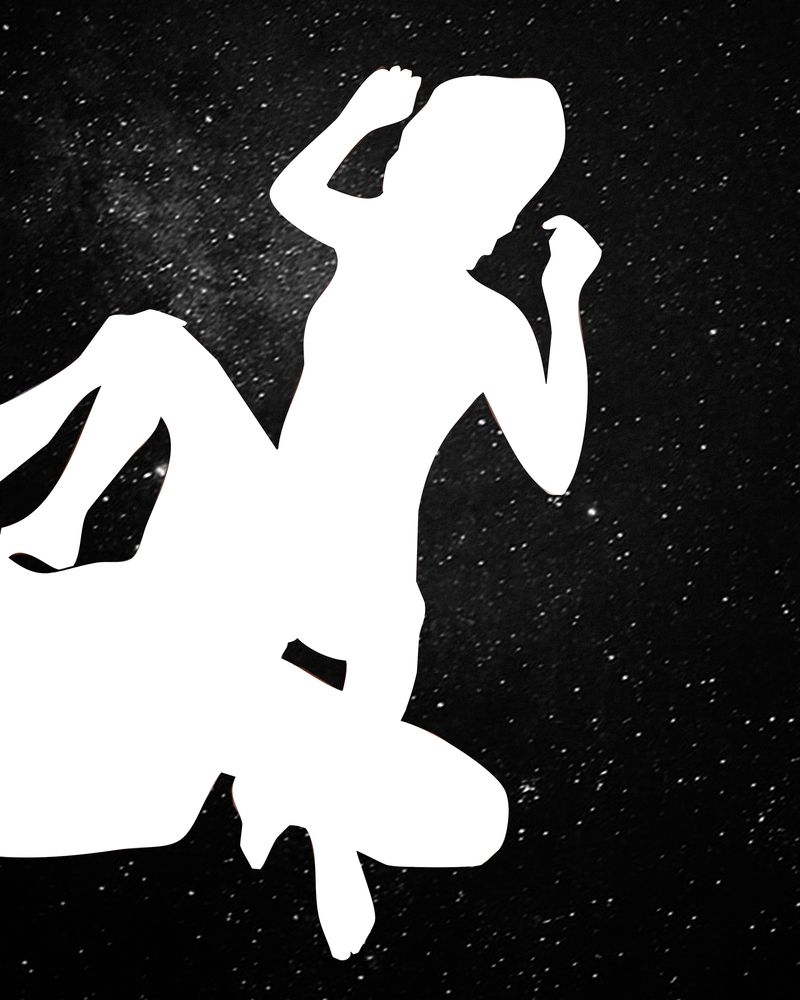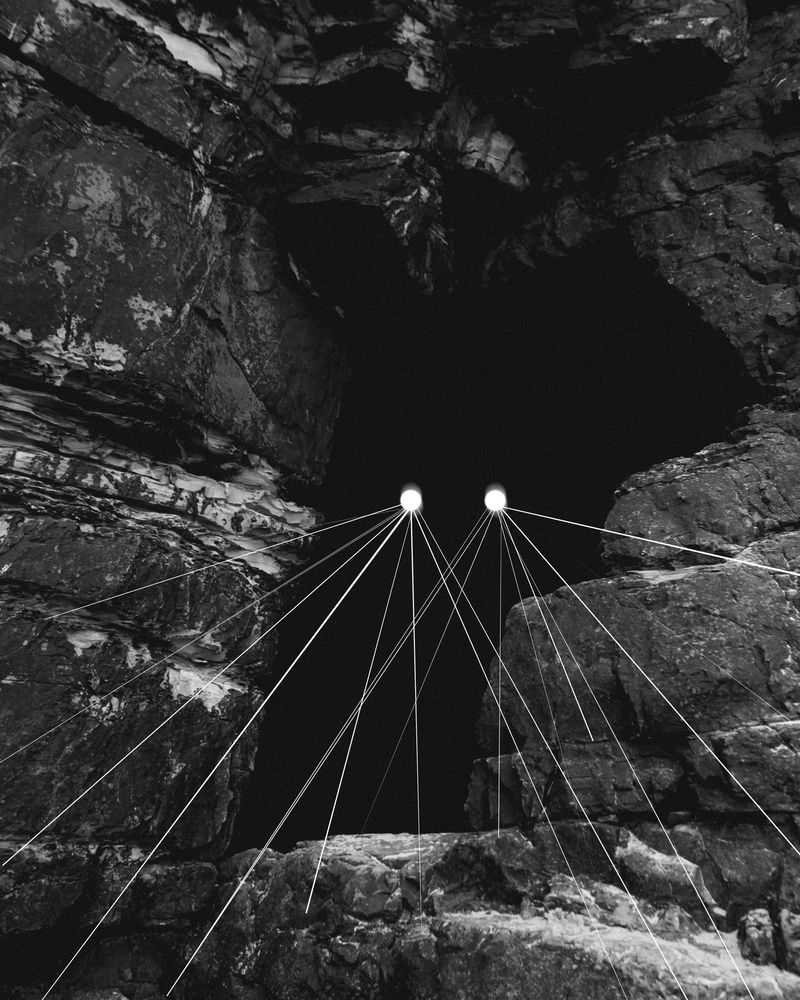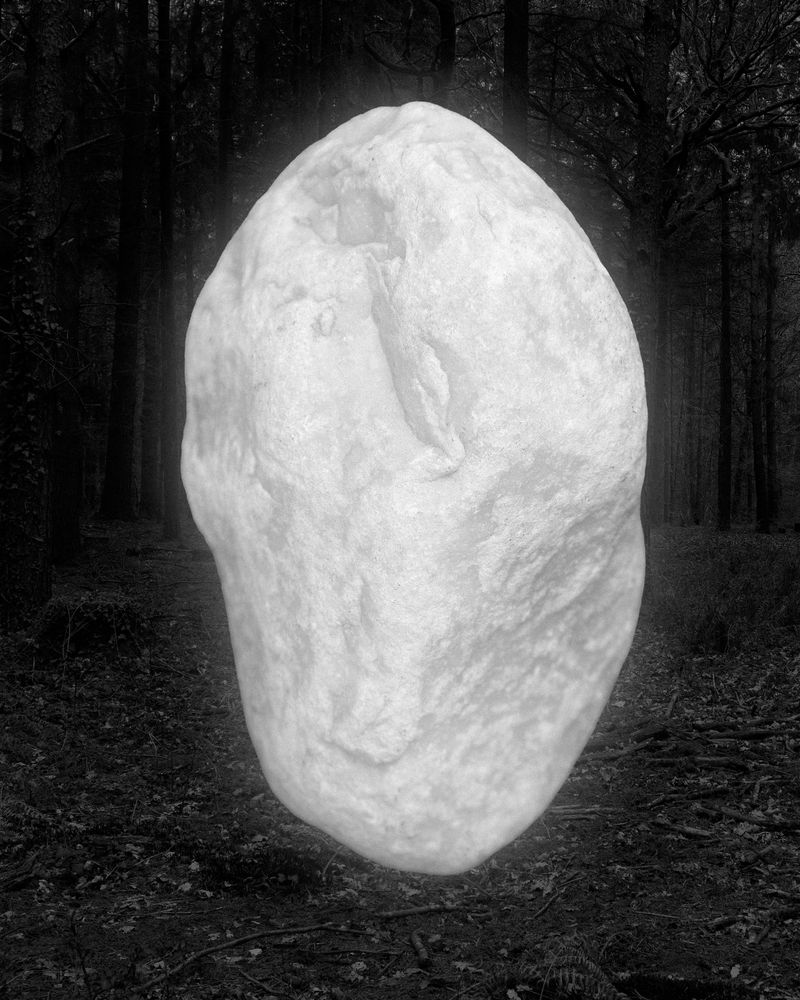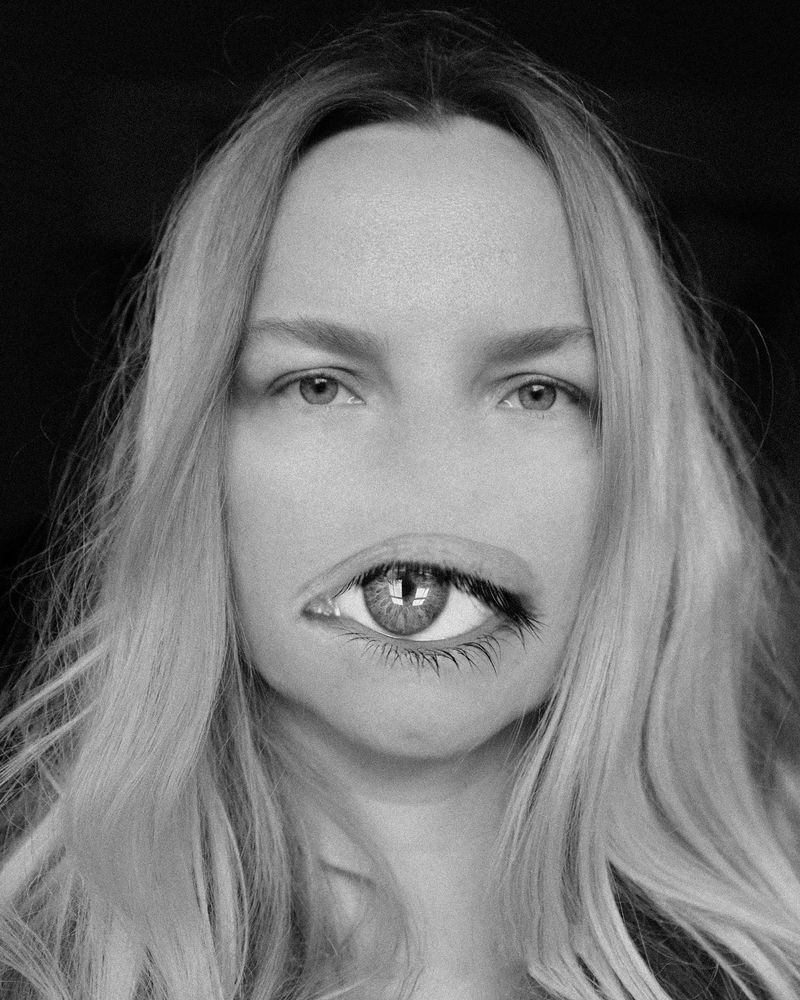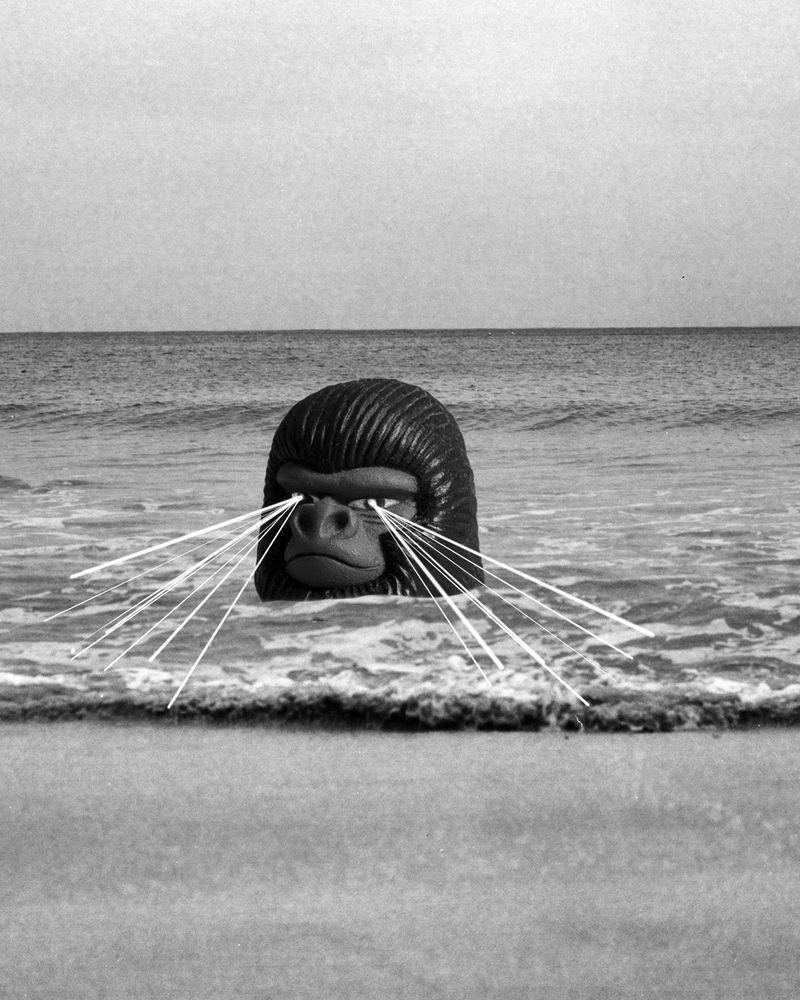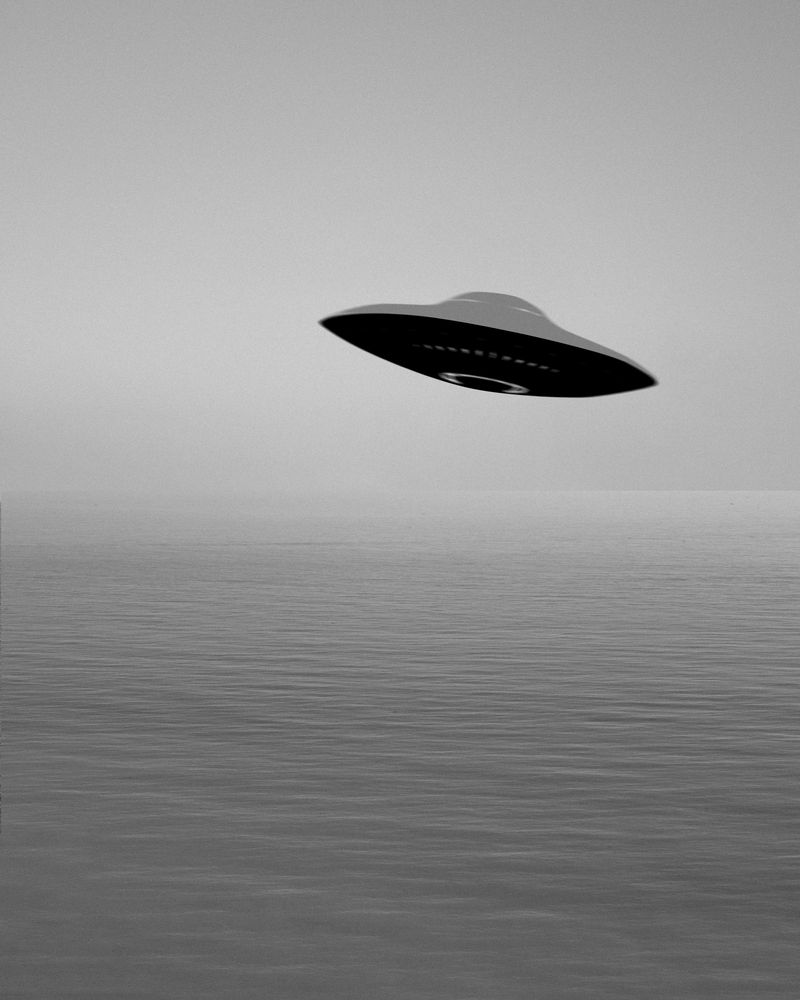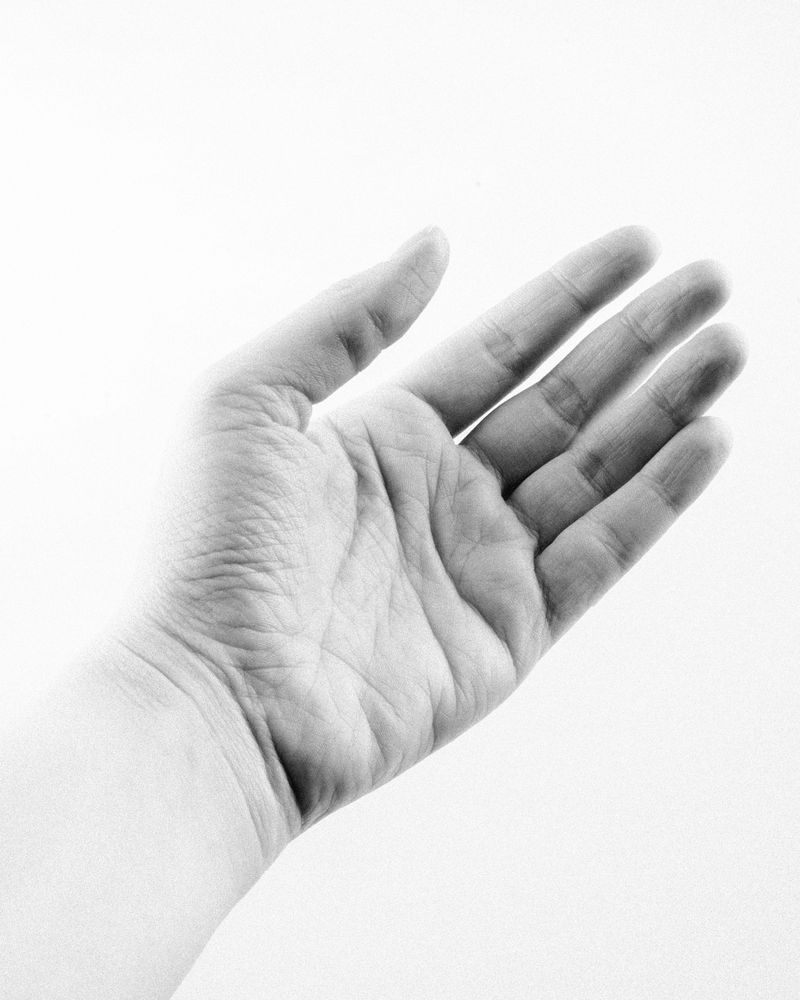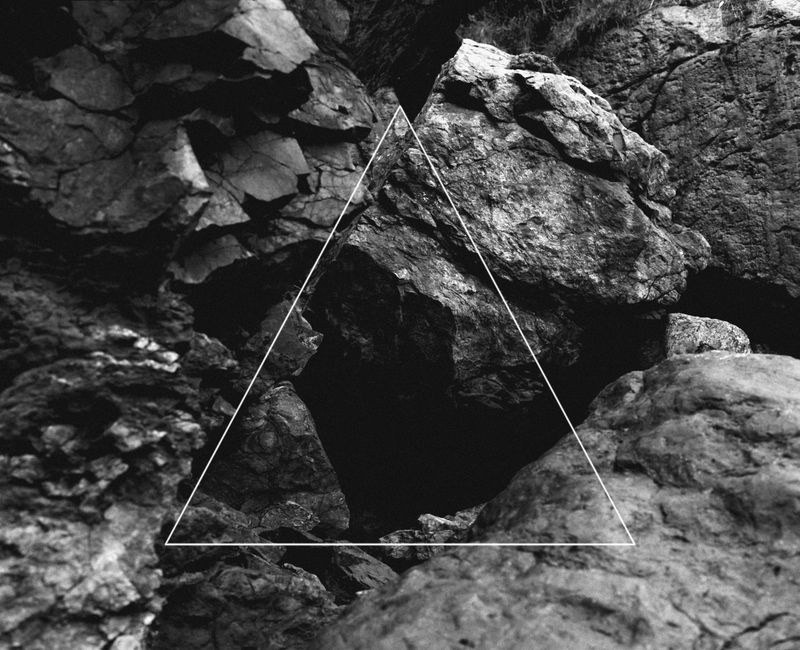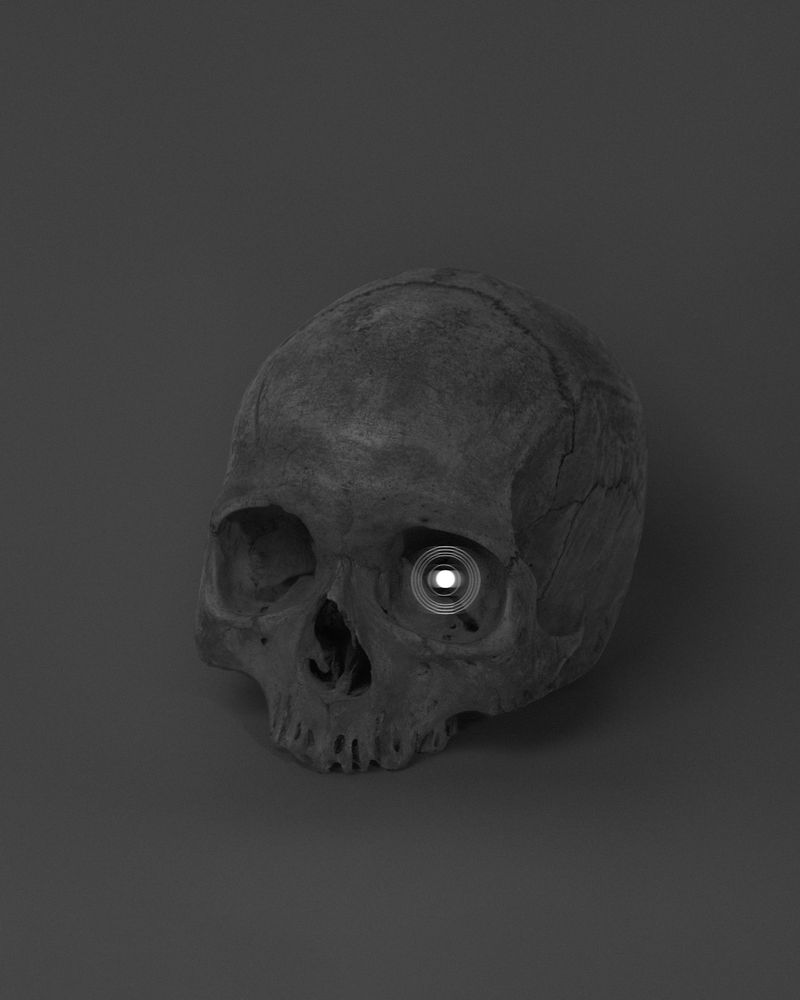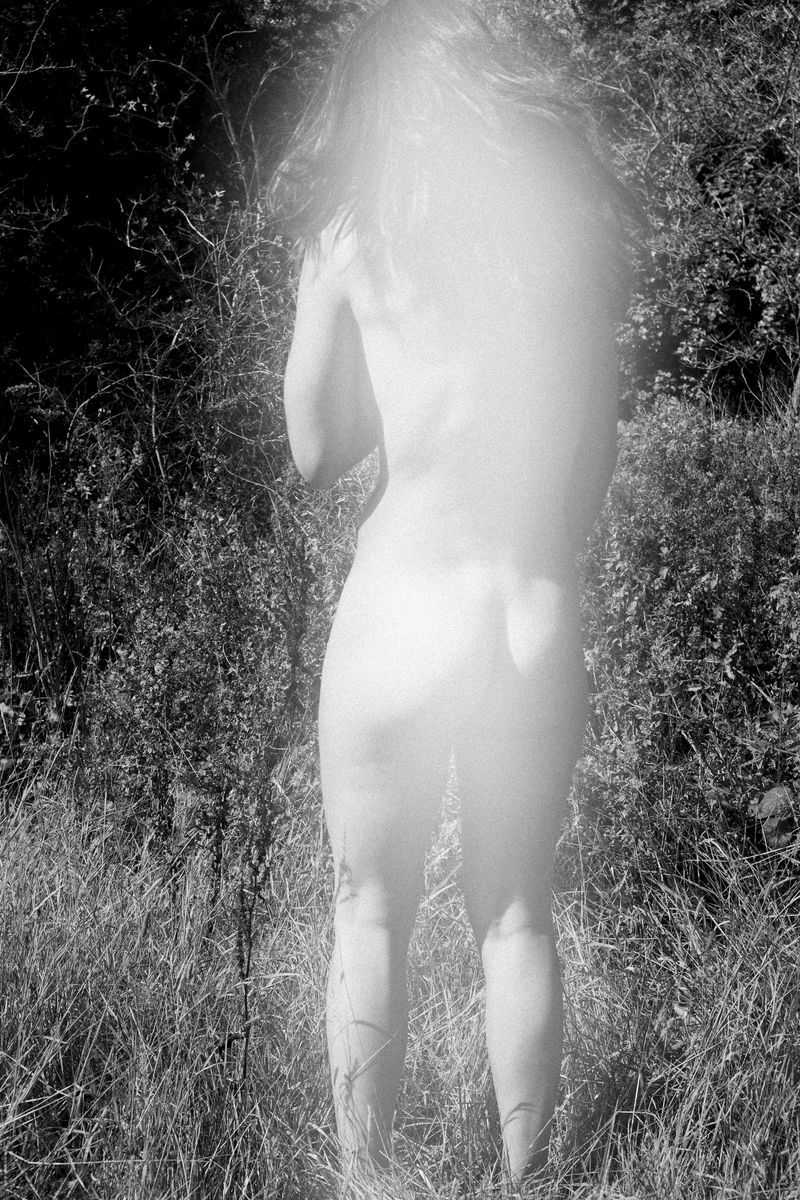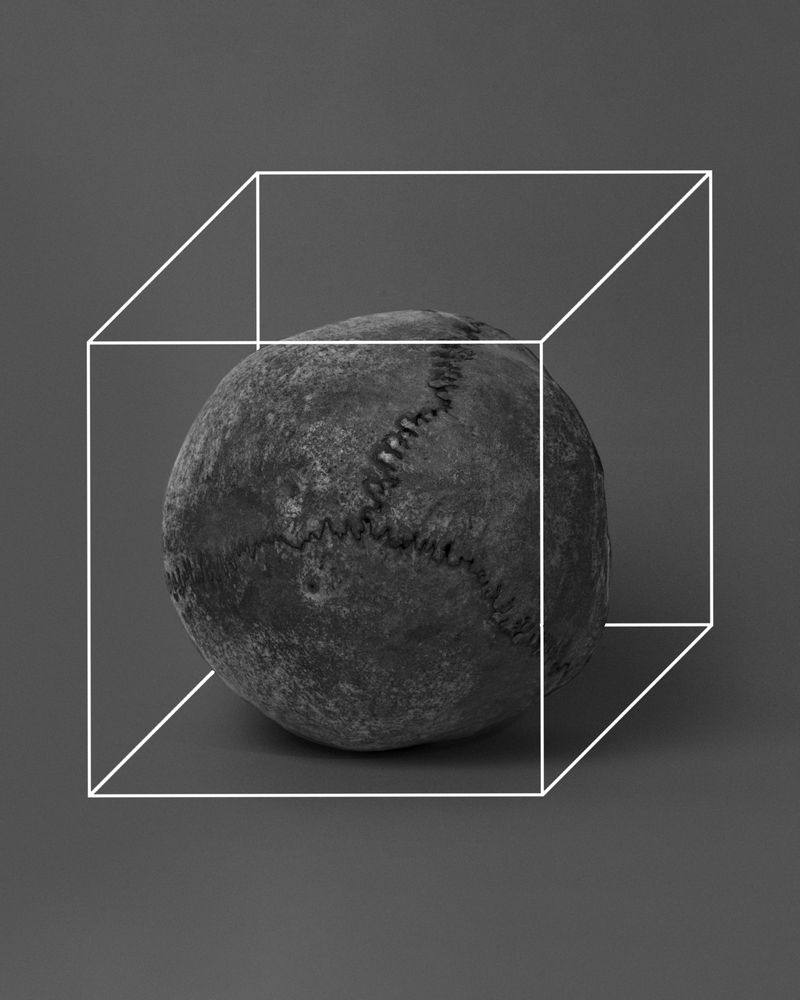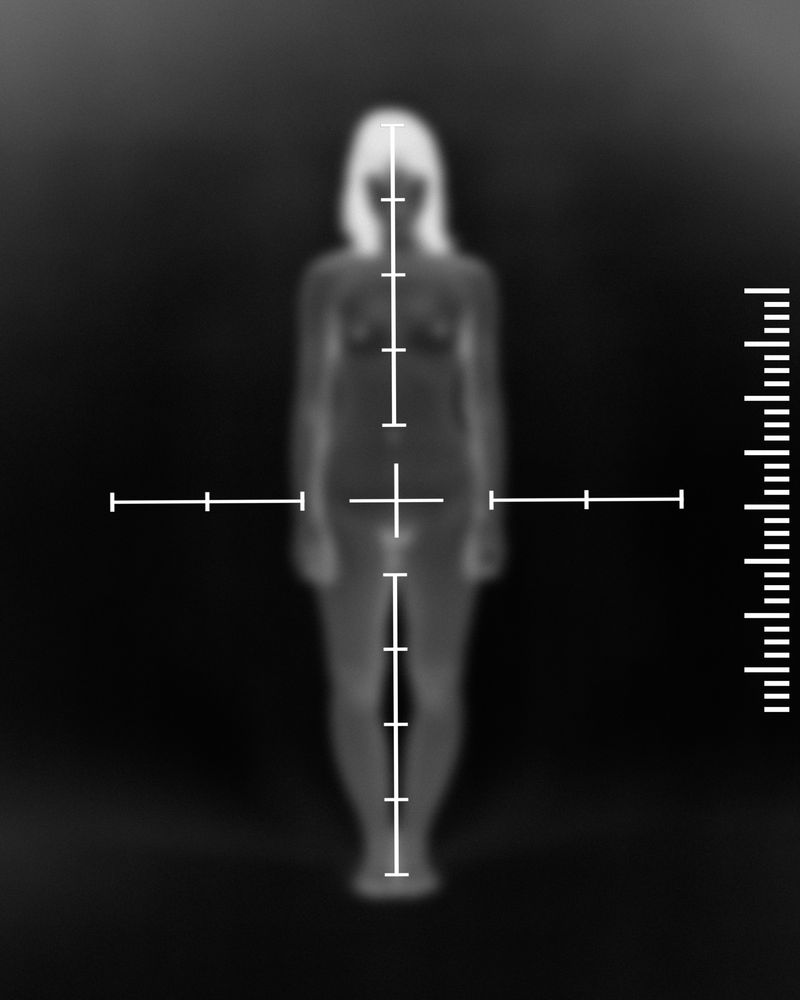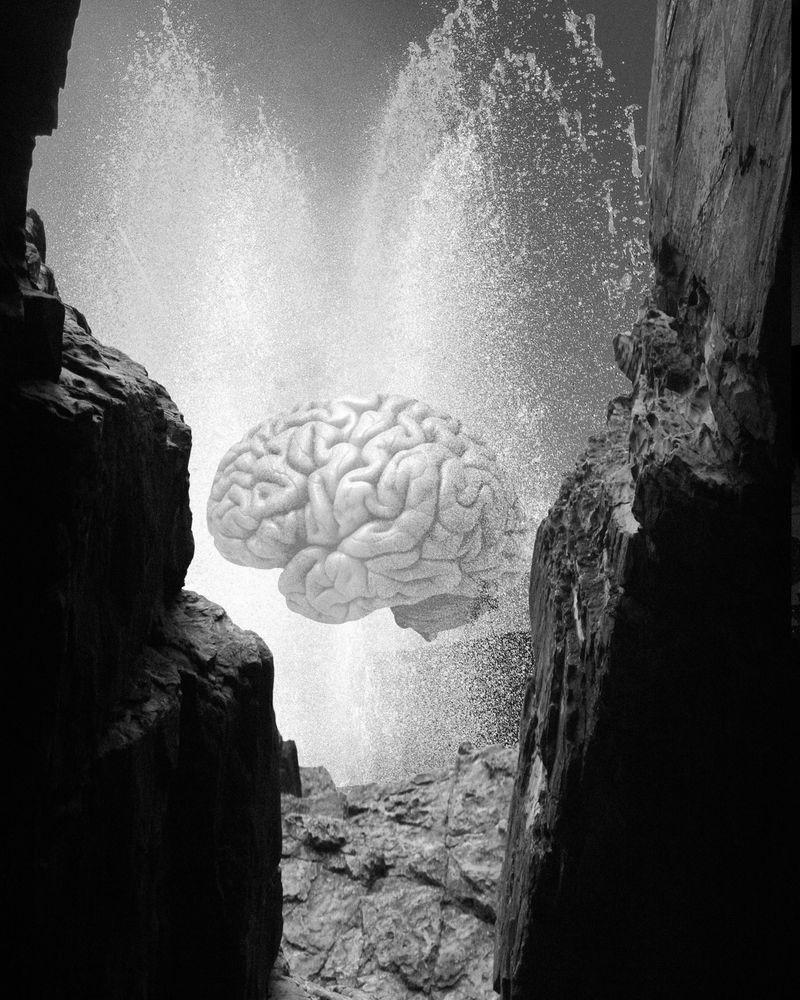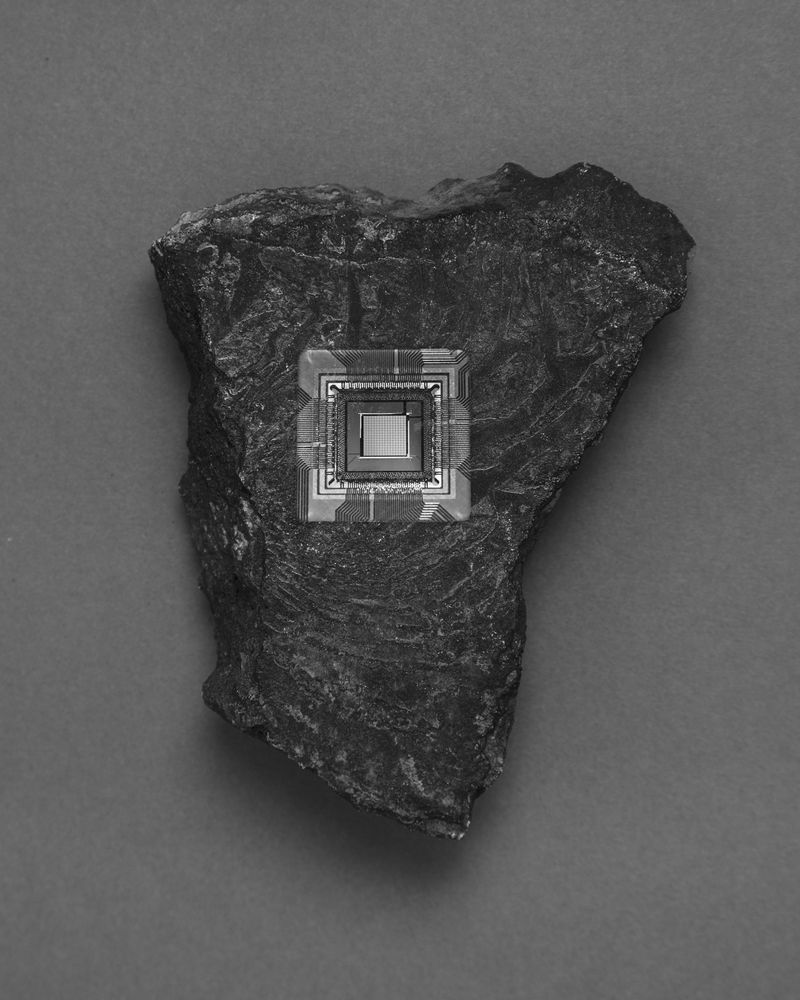The Future Tales
-
Dates2023 - Ongoing
-
Author
- Location London, United Kingdom
The Future Tales is a close look at the time where quantum technology, initially introduced by humans, is now extracted as fossil fuels, and the first cyborg model, now reduced to a skull with a functioning implant, continues to record data.
The Future Tales, is a closer study of the future, signifies the deep connection between humans and technology, blurring boundaries and raising ethical questions. This connection is not just about physical proximity but also emphasizes the intertwined nature of technological progress with historical and environmental impacts. Additionally, the process of creating the artwork itself reflects a closer relationship between real images and digital manipulation, exploring themes of integration and advancement.The Future Tales is an idea of the world represented from the future perspective. The Future -This portion of the title indicates a temporal setting —specifically, the time that comes after the present. It implies a forward-looking perspective, suggesting that the stories within the collection will explore events, scenarios, or developments that are yet to happen. The use of the word "tales" suggests that the content of the collection consists of narratives, stories, or accounts. This term has a somewhat literary and storytelling connotation, evoking a sense of imagination and creativity. The Future Tales implies a compilation of stories that are speculative or imaginative in nature and are situated in a future time frame. The starting point for this body of work has been the very topic that concerns the great deal of my practice which is death. However, in this case I decided to create a vision of perishing from a completely fictional perspective. I had been greatly influenced by work like Klara and the Sun written by Kazuo Ishiguro. The story is set in a dystopian future and revolves around Klara, an Artificial Friend, designed to be a companion for a teenage girl named Josie. Klara is an artificial intelligence with the ability to learn and understand human emotions. The novel explores themes of love, consciousness, and the impact of technology on society. Movies like Blade Runner by Ridley Scott which explores complex themes, including the nature of humanity, artificial intelligence, empathy, and the ethical implications of creating beings with advanced intelligence and emotions. The film raises questions about what it means to be human and the consequences of blurring the line between human and artificial life. Books like Scary Smart by Mo Gowdat focus on a vision of AI development being a fatal for human species: ‘ by 2049, probably in our lifetime and surly in those of the next generation, AI is predicted to be a billion times smarter than the smartest human. To put this into perspective, your intelligence, in comparison to that machine, will be comparable to the intelligence of a fly in comparison to Einstein. We call that moment singularity. Singularity is the moment beyond which we can no longer see, we can no longer forecast. It is the moment beyond which we cannot predict how AI will behave because our current perception and trajectory will no longe apply.’ The other very interesting material To Be a Machine by Mark O’Connell The book explores the world of transhumanism, a movement that advocates for the use of technology to enhance human abilities and potentially achieve a form of immortality. Transhumanists aim to transcend the limitations of the human body and mind through advancements in technology, such as artificial intelligence, genetic engineering, and life extension technologies. The Future Tales represents the world where the technological advances like cyborgs or quantum robotics are the subjects of the past. The quantum technology that had been introduced by humans is now being extracted in a form of fossil fuels and the very first cyborg model 0001 is now only a skull with the implant still registering the data. The world has evolved and new technologies had been introduced. The Future Tales envisions a world where cybernetic organisms, blending biology and AI, coexist with humans. This project stems from my interest in technology-human integration for enhanced capabilities, medical advancement, and space exploration. This fusion raises ethical concerns like privacy, autonomy, and identity. My work portrays a world of cyborgs and vanishing natural habitats. In this world, technological advances like cyborgs and quantum robotics have become deeply entangled with the past. This entanglement implies that the progress of technology is not isolated but intricately connected to its historical development. The extraction of quantum technology as fossil fuels demonstrates an entanglement between futuristic concepts (quantum technology) and more conventional, resource-based technologies (fossil fuels). It suggests that the future is intertwined with the remnants of its technological past. The presence of the very first cyborg model as a skull with an implant registering data signifies the entanglement of biological and artificial components. This fusion of biology and AI highlights the ongoing evolution and integration of technology with humanity. The ethical concerns raised by the coexistence of humans and cybernetic organisms, such as privacy, autonomy, and identity, showcase the entanglement of ethical dilemmas with technological progress. These concerns are deeply intertwined with the advancement of technology. The portrayal of vanishing natural habitats implies an entanglement between technological development and environmental impact. It suggests that the growth of technology has consequences for the natural world, further emphasizing the interconnectedness of different aspects of this future world. I like to use real images of bones, nature, rocks, and people—objects and toys that serve as the foundation and starting point for my work. I create the desired final image within Photoshop. Often, I attempt to replicate a particular look by generating it from scratch. For example, I may photograph a real human skull or placenta, but I might just as well photograph a toy to convey the message. There is a certain freedom in my selection of subjects or objects. However, the final result is constructed to evoke the aesthetics of pre-digital photography, and all the images in the series are based on real photographs with very little editing. There is one image in the series that I created with the help of an AI Photoshop tool. I aimed to produce an image derived from the AI's interpretation of what a cyborg would look like. This particular image is based on a photograph I took of a woman wrapped in cling film. I simply asked the AI to add her upper body.
